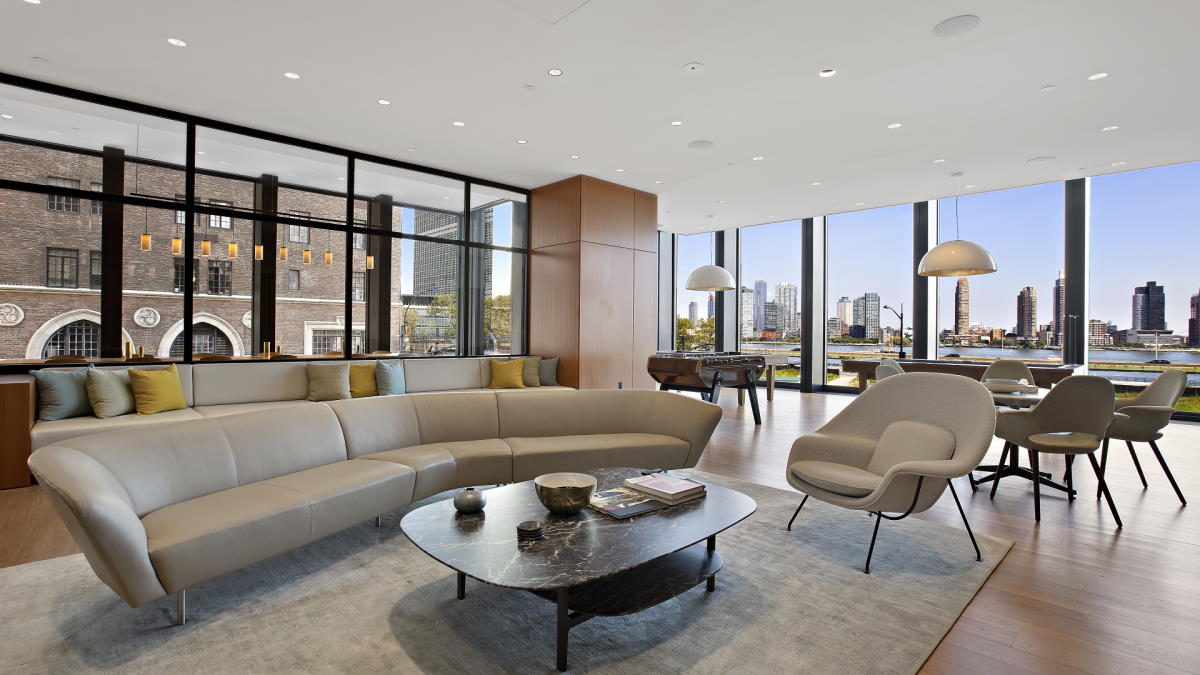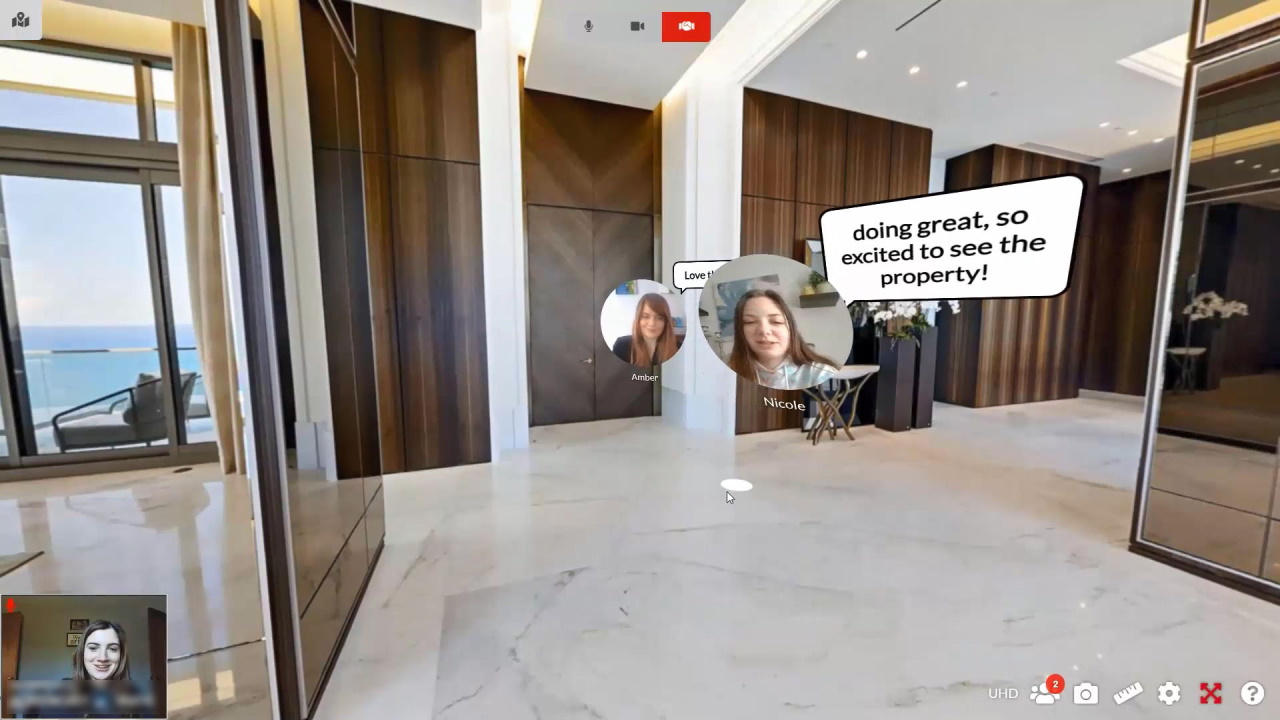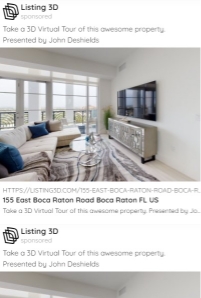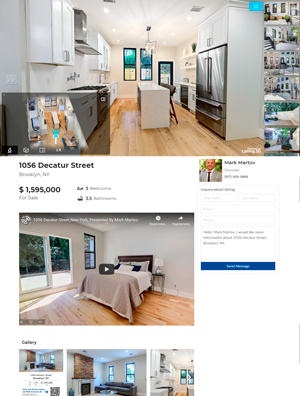What is Interior Design Rendering? A Complete Guide

Interior design rendering is an innovative digital tool for creating 3D images that represent design ideas realistically. With the help of 3D interior rendering, designers and architects can create an immersive, life-like experience and give their customers a walk-through of their future property. This eliminates all the hindrances designers face using standard 2D rendering providers.
An experienced interior designer will consider space, shape, colors, patterns, textures, lighting, decorative elements, and furniture. When all of these aspects are put together, customers will receive a project presentation that is engaging, easy to understand, and detailed before construction begins.
As a result, 3D interior design renders ensure streamlined working relationships, workflow compatibility, and mutual success between a client and a designer.
Types of Rendering Techniques for Interior Design

Since renderings are tools for visual communication, their style might depend on the intended audience and the architect’s identity, too. Below, we will talk about different rendering techniques and their applications.
Hand-Drawn Rendering
Hand rendering is one of the earliest methods for visualizing spaces in architecture and interior design. Even though 3D renderings have taken the world by storm, hand-drawn renderings still captivate clients due to the spectacle and impression they leave behind.
It’s not easy to produce an interior design hand-drawn rendering as it requires skill and creativity. Nowadays, designers rely primarily on 3D renderings, but hand-drawn ones can be a practical tool to demonstrate on-the-spot conceptualization.
Some techniques used in interior design hand-drawn renderings involve monochromatic renderings, hatching, scribbling, stippling, and color hand renderings (watercolor, magic marker, oil paint, colored pencil, and water ink.
Digital 2D Rendering
2D rendering is old school and true to its name — it is a technique where each element is limited to being two-dimensional. This type of rendering is not intended to convey realism or have depth. Therefore, you can only see an image from one angle.
The process of 2D rendering starts with an initial drawing that can be a sketch or computer-generated. This can be an image of a site or a floor plan but without depth. When creating 2D renders, designers, and architects often use programs like Photoshop to add shadows, color, and texture to a flat drawing. The purpose of colors is not to communicate realism but to identify a particular use.
3D Rendering
The process of 3D rendering involves generating a 2D image from a 3D model using computer software. The two main categories of these renders include:
- Photorealistic rendering — This technique aims to create real-life images from a three-dimensional digital scene using lighting, shading, perspective, camera angle, and the right texture. Photorealistic rendering is common in interior design, augmented reality, and CGI.
- Non-photorealistic rendering — This process isn’t concerned with realism but with ideas around digital animation. This type of rendering focuses on a particular style or function and draws inspiration from drawings, paintings, animated cartoons, and technical illustrations.
Virtual Reality (VR) and Augmented Reality (AR) Rendering

In addition to video games and entertainment, augmented and virtual reality have applications in other fields as well. In fact, interior designers use these technologies to provide clients with an impressive and fully visual experience.
In AR, computer-generated information, such as graphics, sounds, and text, enhances reality. As a tool for interior design, AR overlays visual elements over real-world settings. Smartphones and tablets are commonly used for augmented reality. Apps allow users, for example, to place furniture digitally in real-world spaces. Furthermore, clients can visualize furnishings like curtains, blinds, flooring materials, and more in their space.
Unlike AR, virtual reality provides a much more immersive atmosphere. In VR, a client puts on a headset and instantly gets transported into a scene. This way, they can see the space from all angles as if standing there. Thanks to VR, users can easily choose a specific design or finish, drastically reducing decision-making time.
Interior Design Rendering Benefits
Interior rendering allows designers to make their presentations more understandable, factual, and impactful. Below are several benefits of this technical approach.
- Enhanced visualization and communication — This is one of the main benefits of 3D interior design renderings as it accurately represents what the customer will receive upon project completion. Providing a photorealistic experience ensures the customers understand the design concepts better and get what they want.
- Improved design decision-making — High precision of interior design renderings facilitates the client’s decision-making and speeds up the approval process. They will be able to see the decor, color, textures, lights, shadows, and the entire atmosphere of the future property, which will, in turn, help them decide whether that is something they had in mind.
- Streamlined client approvals and feedback — Customer feedback is crucial to the success of any design project. However, it can be challenging for them to comprehend the schematic drawings and technical aspects; 3d interior renderings allow things to speak for themselves. Seeing a functional solution on a photorealistic visual, your clients will better understand your vision and will thus become more engaged in the entire process. Additionally, they can suggest changes before approving a project. This will result in smoother communication throughout the process.
- Time and cost savings through reduced design revisions — With interior design renderings, you can quickly create a photorealistic 3D representation of your design in less time than with sketches or physical models. Additionally, this approach can assist you in marketing your property as early as possible while reducing design revisions. This is because designers can identify potential mistakes and make any necessary changes before completing the project. Following that, all parties involved can approve the final look before the production begins.
- Competitive edge in the interior design market — 3D interior design is a competitive business landscape, and every designer or architect must find a way to impress their clients. Thanks to 3D interior design rendering, you can easily captivate your audience with fantastic imagery and animations that can bring objects to life. You can also show them your ideas in detail, take them on a tour around their future dwelling, and have a competitive edge over the companies that are still using hardcopy 2D drawings. Additionally, 3D interior design renderings can help you boost your online presence, promote your business, advertise all types of interior residential projects, and positively influence the stakeholders, whether you are a designer or a realtor.
Interior Design Rendering Process

Whether you are an interior designer, architect, or simply curious about the process of 3D rendering, we have created a step-by-step guide to help you comprehend how it works and how to use it to produce an impressive rendering.
- Gathering project requirements and specifications — At the beginning of each project, you must fully comprehend your client’s needs in order to create a customized design. This process entails collecting the brief from the client, agreeing on the budget, and setting the deadline.
- Creating initial sketches and layouts — This step involves transforming ideas into sketches and illustrations, which portray the floor plans and basic site plans. When the client reviews and approves them, the design is finalized.
- Developing detailed 3D models and environments — This is the point where a designer creates an accurate model of the design that shows the look and the vibe of the living space.
- Applying materials, textures, and lighting — This is the stage where you will incorporate lighting, textures, and materials. Lighting will create depth and shadows as well as set the mood for the entire model. When it comes to material selection, stick to those that add color and complement your model. Lastly, by making objects with shiny, smooth, or rough textures, you’ll also add gradual realism.
- Generating final renderings and post-production adjustments — After the model has been completed, the rendering phase can begin. During this process, you can adjust your model’s brightness, color, materials, and lighting to make it more realistic. You can also add patterns to the materials for a unique and personalized look. When the render is finished, you can apply the post-production techniques to refine the product until the client is satisfied.
Software and Tools for Interior Design Rendering
Over the past decade, photorealistic rendering has become the minimum requirement for quality software. However, choosing the right one can be challenging since each has a unique specialty that caters to specific needs. To make your life easier, we’ve listed the top 3D modeling, rendering, AR, and VR apps for interior designers.
3D Modeling Software
3D modeling software allows you to create mathematical representations of objects or shapes, and these top programs make it possible:
- SketchUp — This 3D modeling program is the best choice for people who are at the beginning of their 3D modeling journey. Among its many applications are interior and architectural design, landscape architecture, industrial design, and product design. Furthermore, the software is free to download and use.
- Autodesk 3ds Max — This is professional graphics software for 3D modeling, rendering, visualization, and animation. It is capable of creating powerful-quality 3D scenes and designs and is a perfect tool for designers, civil engineers, and architects.
- Blender — This is a wholesome 3D modeling software best for sculpting inorganic forms. It is a free, open-source 3D creation that mainly focuses on visual effects and video game design. Blender also supports the 3D pipeline, simulation, motion tracking, modeling, rendering, video editing, and more.
Rendering Software
These are the top rendering programs that will generate high-quality 3D images of your future dwelling interiors.
- V-Ray — This is one of the best-known rendering software that allows designers to render high-resolution visualizations and explore and share their projects in real-time ray tracing. Its interactive rendering component enables users to see the render output while designing.
- Corona Renderer — Corona may not have the rendering speed of the V-Ray, but it is still capable of producing 3D realistic and good-quality renders in a short time. Many designers using Autodesk 3rs Max modeling software use it as Corona completely integrates with it.
- Lumion — Aside from being known for its beginner-friendly interface, Lumion creates breathtaking visuals of any model. Furthermore, this design rendering tool offers fast rendering capabilities and a comprehensive library of preloaded modeling components.
VR and AR Application for Interior Design

The following virtual and augmented reality apps can help you visualize your property’s interior design in 3D.
- Google Tilt Brush — With this virtual reality app, you can paint in 3D space. With the help of a handheld controller, clients can create brush strokes in a virtual environment using a virtual palette with a variety of brush types and colors.
- IrisVR — IrisVR is a cloud-based software that enables designers, architects, and engineers to transfer their 3D models into virtual reality and review their designs in a more immersive manner.
- Augment — Augment uses AR technology to let users view their products in real time, in three dimensions via tablets and smartphones. This program can be used for design, architecture, e-commerce, and other purposes.
Tips for Creating High-Quality Interior Design Renderings
Here are a few tips to ensure your photorealistic interior design renderings always look great and impress your clients.
Mastering Lighting Techniques
It is crucial to use a rendering program that lets you adjust both artificial and natural lighting to make interior renderings look more realistic. Expert 3D designers can adjust interior lighting and demonstrate with one click how a space looks at different times of the day. Moreover, lightning makes your design unique and brings textures to life. Aside from natural light from windows, designers also add spotlights and directional lights. The former is great for shadows as they add a vivid feeling to the setting, while the latter highlights a scene.
Choosing Realistic Materials and Textures
Furnishings complement the 3D interior renderings. An interior designer should add furniture and decor that match the client’s preferences and even customize some of the design elements by choosing realistic materials and textures.
They should incorporate objects that will give life to those renderings, such as pictures, books, potted plants, pets, and people. Additionally, considering the roughness of the materials, gloss, and reflectivity will ensure they achieve high-quality renderings.
Focusing on Details and Scene Composition
Aside from paying attention to textures, camera angles, materials, and the amount of light, a high-quality 3D interior rendering must also focus on tiny details, such as droplets in the kitchen sink or steam on a mirror. All those little nuances create a realistic image for the viewer.
Additionally, a designer must use composition rules (symmetry, golden ratio, rule of thirds, etc.) in order to identify a client’s points of interest and highlight the right spaces. Composition refers to the placement and arrangement of visual elements in a scene, and using these rules guarantees a balanced image.
Embracing Post-Production Adjustments
Perfect renderings are created thanks to post-production. It is used to fix minor errors in a long render. In post-production, 3D renders are refined, usually using editing software like Adobe Photoshop for images and Adobe After Effects for videos.
Continuously Updating Skills and Software Knowledge
Keeping up with the most recent trends and industry insights ensures that interior designers are always a step ahead of their clients. Trend-following also helps them continuously expand their professional horizons.
Future of Interior Design Rendering
Aside from becoming fully intertwined over the past decade, 3D interior design and technology are constantly reinventing themselves. As new technology is constantly introduced to the market, the design possibilities are truly endless. With that in mind, let’s see how interior design rendering will look in the future.
- Technological advancements and emerging trends — Since tech solutions are improving rapidly, designers must keep up with the trends to stay in the loop and meet client demands. Technologies that will ride the future wave of the industry include 3D architectural visualization, 3D printing, AR, VR, smart homes, and eco-friendly design.
- Role of artificial intelligence (AI) and machine learning in rendering — AI technology and machine learning are shaping the interior design industry with their advances in 3D renderings. With AI, rendering software will improve performance, streamline the production process, and simplify operations. This means faster rendering time, automated editing, less manual labor, and easy flaw detection. As for machine learning, it will solve the problem of visualization of large data files and help with information updates, monitoring, property valuation, navigation, and more.
- Sustainability and eco-friendly design considerations — Everyone and their dog is becoming aware of their environment and wants to follow the eco-friendly design trend. Aside from allowing consumers to live more economically, sustainable solutions also enable them to invest in energy-efficient materials. In the future, designers will use new materials and incorporate upcycling furniture and more pieces from local stores into their renderings.
Conclusion
To sum it up, 3D interior renderings are the most effective way to convey a design concept directly and in a straightforward yet impressive manner. Their precise visualizations improve workflow efficiency, minimize feedback loops between clients, eliminate misunderstandings, and reduce costs.
Finally, 3D renderings increase the value of your projects, simplify the design process, and offer excellent marketing opportunities.
Additional Services
Take Your Marketing Even Further






Additional Features at no cost
Part of any package












